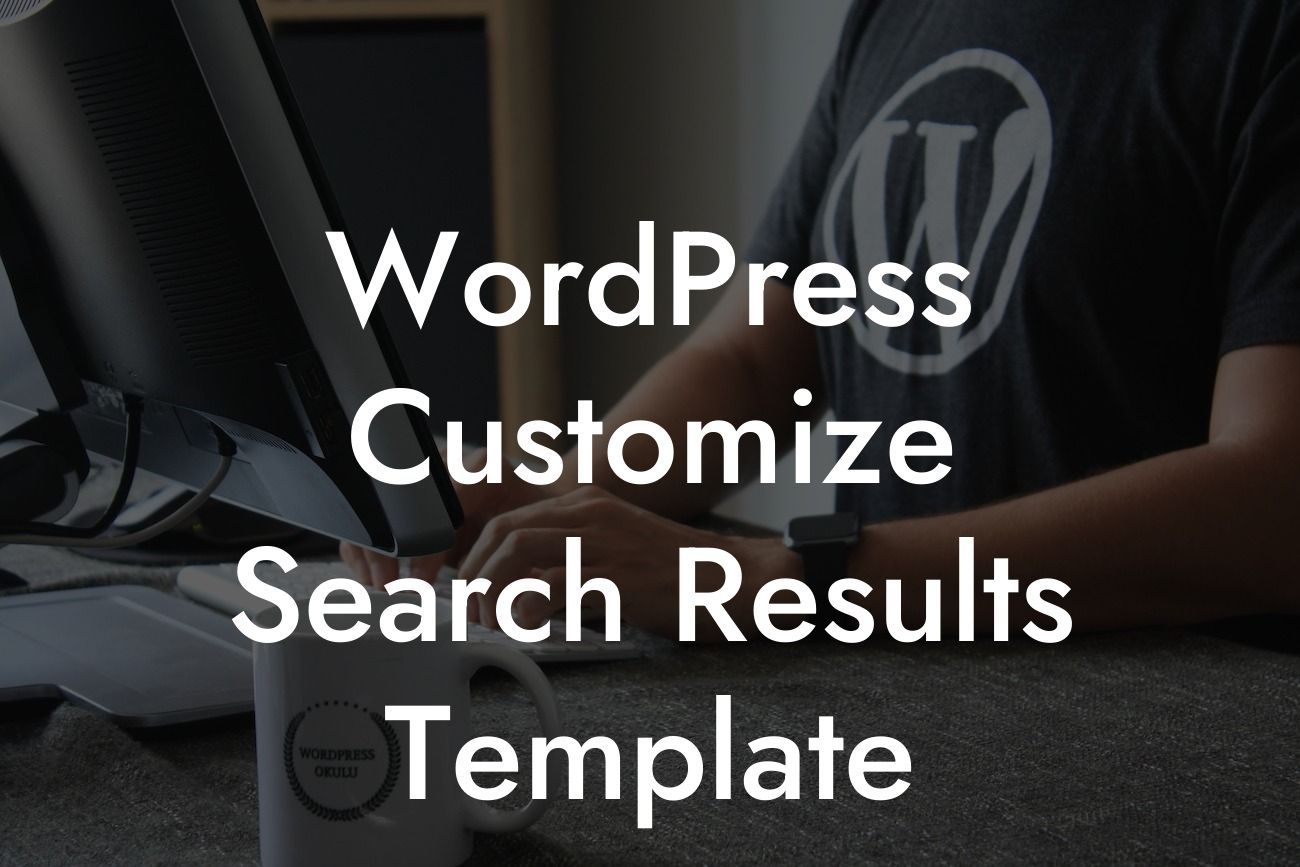Customizing the search results template in WordPress can significantly enhance your website's user experience and make it stand out from the cookie-cutter solutions out there. By tailoring the appearance of your search results to match your brand's unique identity, you can engage your audience, drive more traffic, and boost conversions. In this article, we will guide you through the process of customizing the WordPress search results template to provide a more personalized and visually appealing experience for your website visitors.
Customization brings your brand's personality to life, and with WordPress, you have the power to create a search results template that speaks directly to your audience. Here's a step-by-step breakdown of how you can achieve it:
1. Understanding the Default Search Results Template:
Before diving into customization, it's crucial to understand the default search results template. Familiarize yourself with the structure and elements of the existing template, such as title, excerpt, and featured image. This knowledge will help you make informed decisions while customizing.
2. Creating a Child Theme:
Looking For a Custom QuickBook Integration?
To ensure that your modifications are not lost during future updates, it's recommended to create a child theme. We'll guide you through the process, from creating a new directory to activating your child theme.
3. Modifying the Search Results Template:
Now it's time to get your hands dirty and modify the search results template. We'll walk you through the steps of accessing and editing the search.php file, where you'll find the code responsible for displaying search results.
4. Customizing the Appearance:
With the code at your disposal, you can now customize the appearance of your search results. We'll show you how to add CSS classes, change fonts, adjust colors, and even incorporate your brand's logo. These tweaks will make your search results template scream uniqueness and professionalism.
5. Adding Dynamic Content:
To take your customization to the next level, we'll guide you on how to display dynamic content within your search results. Whether it's displaying custom fields, categories, or tags, this step will allow you to present relevant information to your visitors and improve their overall search experience.
Wordpress Customize Search Results Template Example:
Let's imagine you run an e-commerce store selling handmade jewelry. By customizing your search results template, you can showcase product images, ratings, and prices directly in the search results. This streamlined approach will lead to increased click-through rates, more conversions, and happier customers.
Congratulations on mastering the art of customizing your WordPress search results template! With your new knowledge, you can now create search experiences that resonate with your audience, setting your website apart from the competition. Don't forget to explore other guides on DamnWoo for more WordPress customization tips, and try out our awesome plugins to supercharge your online success. Share this article with others who might find it helpful in crafting their unique search results template.













